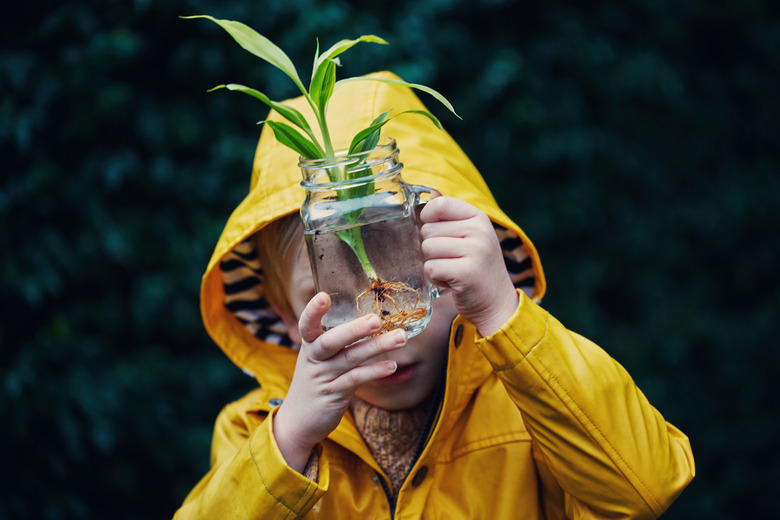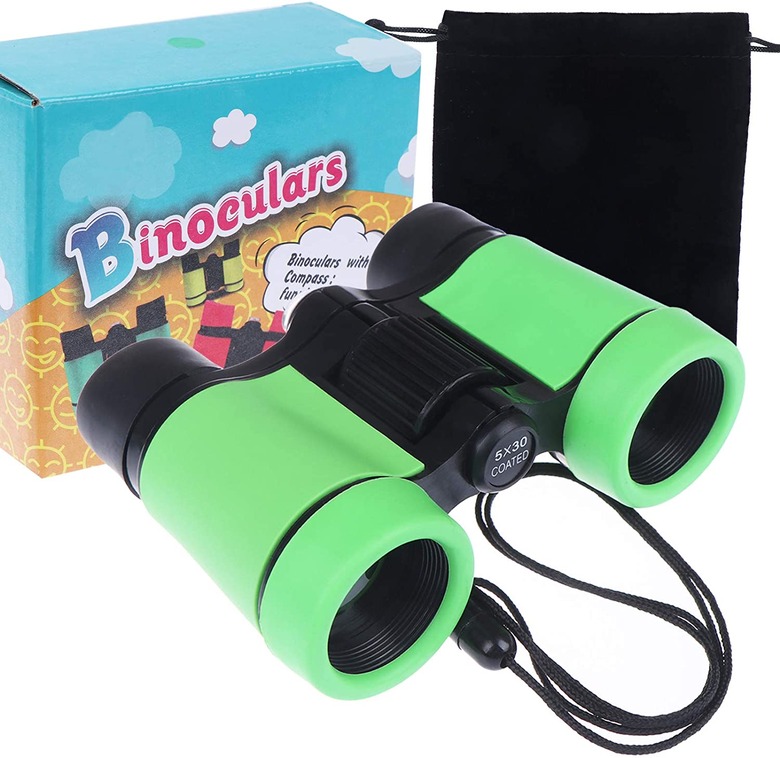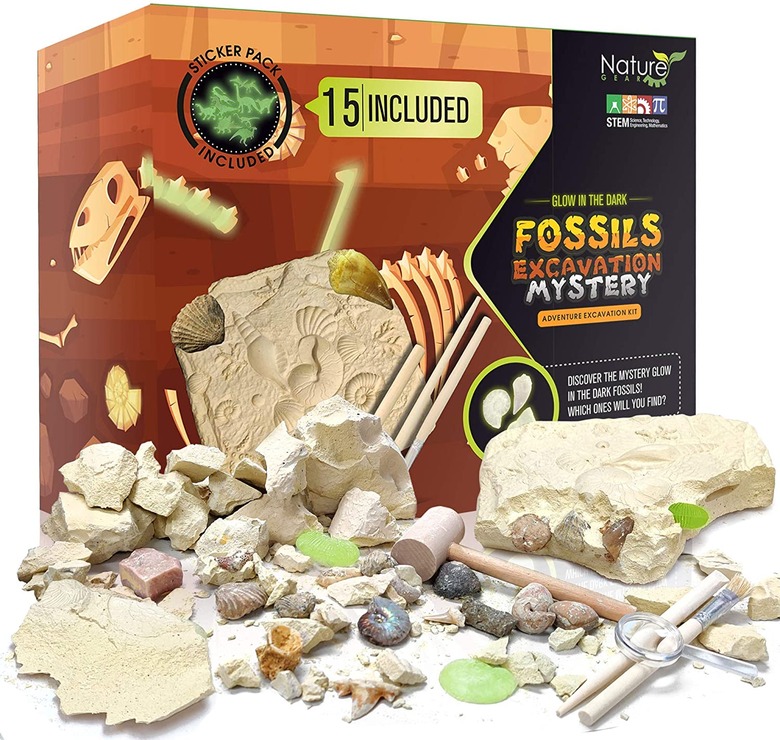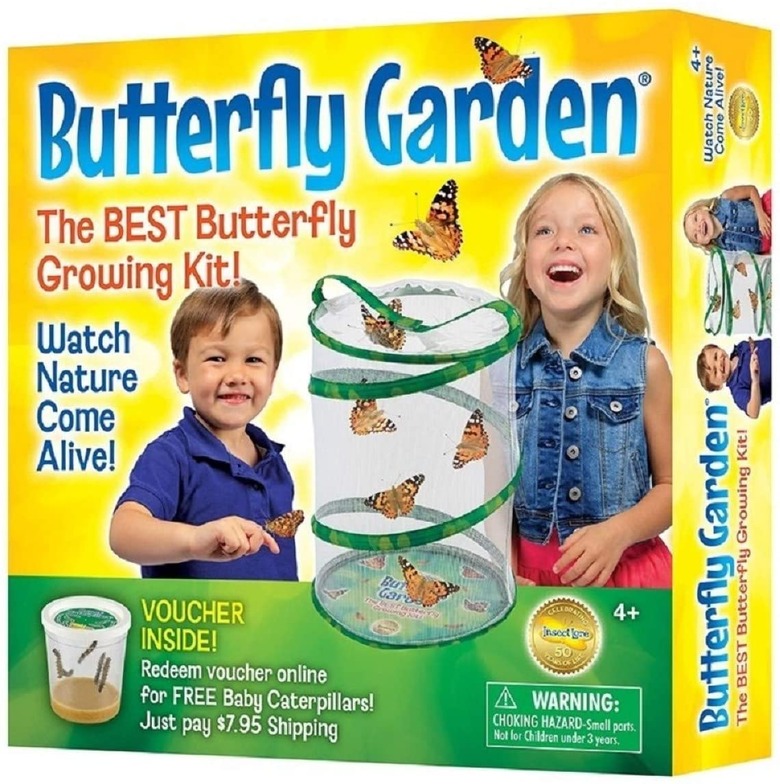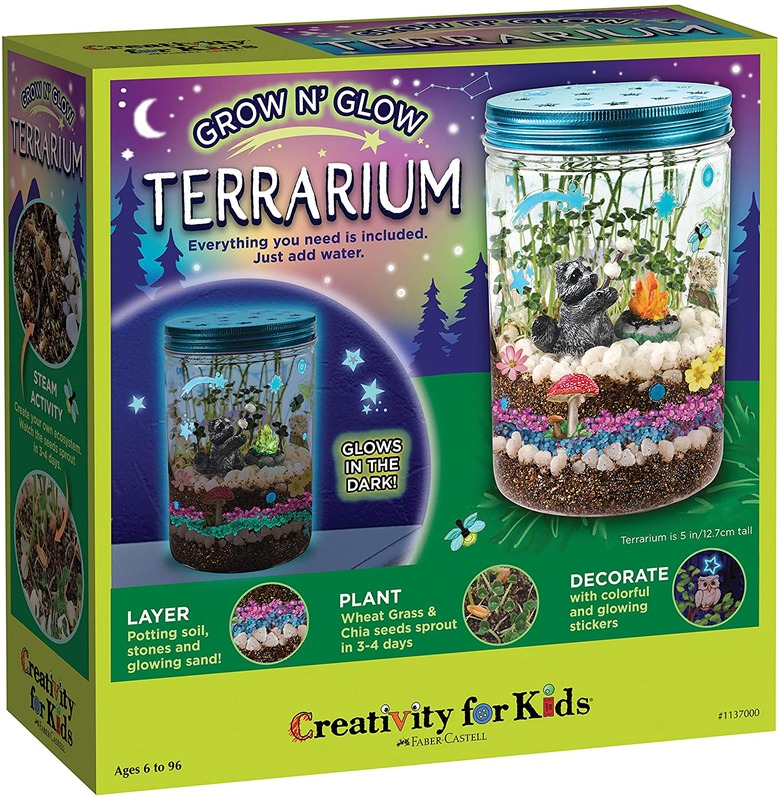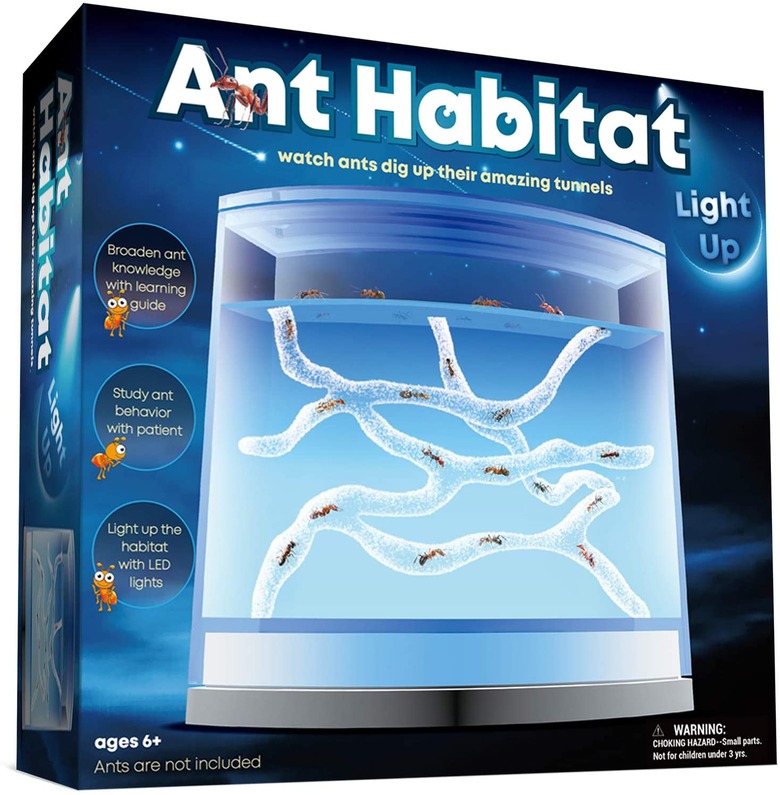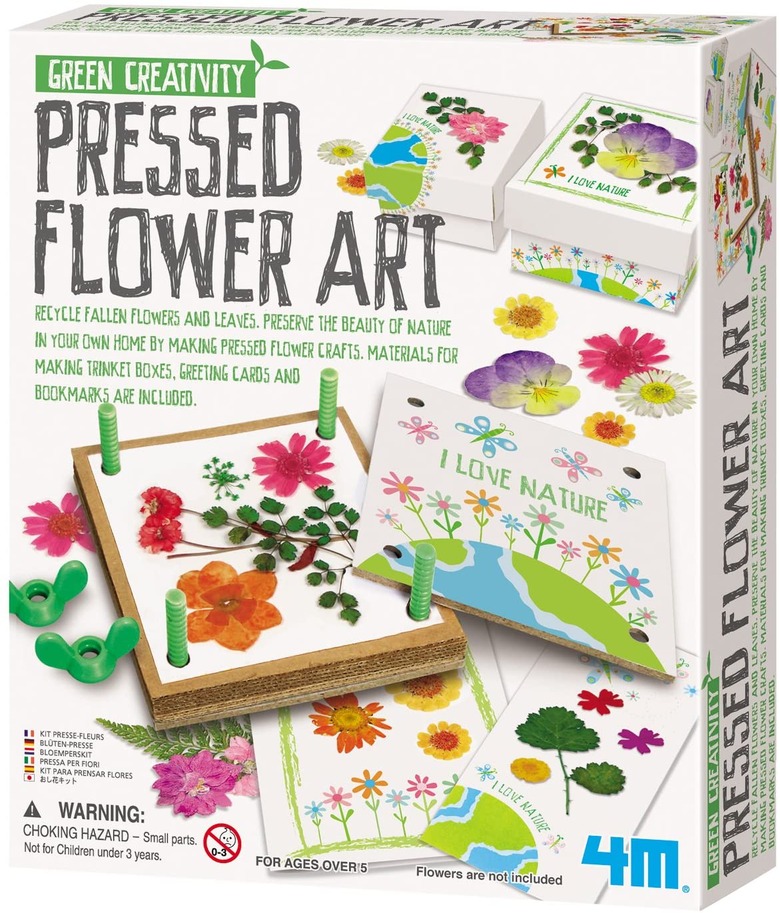Love Nature? Bring The Outdoors Inside With These Science Kits
We may receive a commission on purchases made from links.
Sciencing may earn compensation through affiliate links in this article.
With warmer days on the horizon, there's never been a better time to get outside and explore nature again. After all, outdoor adventures an ideal way to get some fresh air and sun, a little exercise – and, of course, a little science knowledge.
You can still learn about the world around you. Try one of these nature science kits to learn more about nature – including some indoor options you can try if it's too hot or too rainy outside.
Get a Closer Look at Wildlife With a Binocular Kit
Get a Closer Look at Wildlife With a Binocular Kit
Ever gone birding (which, btw, is taking a nature hike specifically to look at birds)? If not, now's the time to start. And this handy US&ref=as_li_ss_tl'>binocular kit can help you out. These bins are built for kids, so they'll be comfortable for young scientists. And they offer a moderate 4x zoom – enough that you can get a closer look at the birds around you, but not so zoomed-in that they become hard to use.
Start your birding adventure by packing a bag with your new binoculars, sunscreen, a hat, bug spray, some water and a few snacks. Then grab a bird guide for good measure. The US&ref=as_li_ss_tl'>Sibley Guide to Birds, 2nd Edition, covers the major species you're likely to come across in North America.
Now you're ready to go birding. Check out fields, lakes, rivers and forests for signs of birds. Once you see one, zoom in and take note of its markings – does it have colored throat feathers, or a colorful patch of plumage on its head? – and use those to identify it in the guide.
If you really get into birding, consider starting a birding journal. Note where (and when) you saw each species, so you have a record of your journeys.
Get Prehistoric With a Fossil Kit
Get Prehistoric With a Fossil Kit
Love dinosaurs? There's a science kit for that! This US&ref=as_li_ss_tl'>mystery fossil excavation kit is perfect for nature study when the weather isn't nice enough to go outside.
Play archaeologist and excavate evidence of ancient species, including shark's teeth and dinosaur claws. You can also dig up brachiopods, which are clam-like shells, and ammonite, or spiral-shelled fossils.
This kit has a little fun thrown in, too. You'll find glow-in-the-dark toys buried in the "excavation site" along with the fossils. And you'll get some dinosaur stickers to decorate your notebooks, too.
Create Your Own Butterfly Garden
Create Your Own Butterfly Garden
Spring has sprung! And if you're looking to celebrate pollinator species – ones that help pollinate flowers, and are uber-important to the environment – creating your own butterfly garden is a great start.
This US&ref=as_li_ss_tl'>Butterfly Garden Kit makes the ideal environment for butterflies to grow. It's also a great way to witness the phenomenon known as metamorphosis, where a species goes through an abrupt change in appearance – this time, from a caterpillar to a butterfly.
Add caterpillars and food (shipped separately) to the garden. Watch the caterpillars grow up to 10 times their size as they feed, then form a casing, called a crysyllus, around themselves. A few days after hanging in their crystylides, the caterpillars will emerge as butterflies.
The kit comes with a few days' worth of butterfly food, so you can keep them around to observe for a short time. Then set them free, knowing your science experiment will help local plant species.
Create a Mini-Ecosystem With a Terrarium
Create a Mini-Ecosystem With a Terrarium
You've heard all about ecosystems in science class: an area with a range of species that all interact with each other, like a field. Now you can create a miniature ecosystem at home with a terrarium.
This US&ref=as_li_ss_tl'>Grow n' Glow Terrarium Kit makes it easy. Simply layer the potting soils including, add the chia and wheatgrass seeds, then mist with water daily. Within a few days, you'll see the seeds sprouting, growing a mini "forest" inside your terrarium. You can also decorate the jar with the included glow-in-the-dark stickers, to turn your terrarium into a cool desk decoration.
Make an Ant Habitat at Your Desk
Make an Ant Habitat at Your Desk
Love bugs? It's not often you get to bring them indoors – at least without your parents getting mad – but this US&ref=as_li_ss_tl'>ant habitat kit gives you a chance to do it safely. It has everything you need to help ants grow and thrive indoors, so you can study their behavior.
To make it, add live ants outside to the habitat, then make sure it's closed tightly. From there, the ants will start creating a new ant colony within the habitat.
Outdoors, ants form colonies by digging through sand and soil, creating complex networks of tunnels and "rooms" for their colony. They can even form networks with other colonies, creating supercolonies that can take up a square kilometer or more underground.
Obviously, your indoor colony won't get that big. But you will be able to see each tunnel and room they build, because they'll be digging through a see-through sand-like gel instead of actual sand. The gel glows in the dark, too, so you can keep tabs on your colony even when the lights are out.
Pressed Flower Art Kit
Pressed Flower Art Kit
If you prefer your nature excursions to be a little prettier – and not involve too many insects – this US&ref=as_li_ss_tl'>pressed flower art and science kit might be for you.
Use pressed flowers to create your own natural science journal, where you note the scientific and common names for each flower species, and the area you found them.
Just make sure you only use flowers from the garden, taken with your parents' permission. Avoid taking wild flowers. Not only can it harm the environment in some cases – some flowers are key to an ecosystem – but picking certain species of flowers in certain areas may be against the law. So keep it safe and stick to garden species.
Cite This Article
MLA
Tremblay, Sylvie. "Love Nature? Bring The Outdoors Inside With These Science Kits" sciencing.com, https://www.sciencing.com/bring-the-outdoors-inside-with-these-nature-kits-for-kids-13763822/. 31 March 2021.
APA
Tremblay, Sylvie. (2021, March 31). Love Nature? Bring The Outdoors Inside With These Science Kits. sciencing.com. Retrieved from https://www.sciencing.com/bring-the-outdoors-inside-with-these-nature-kits-for-kids-13763822/
Chicago
Tremblay, Sylvie. Love Nature? Bring The Outdoors Inside With These Science Kits last modified August 30, 2022. https://www.sciencing.com/bring-the-outdoors-inside-with-these-nature-kits-for-kids-13763822/
